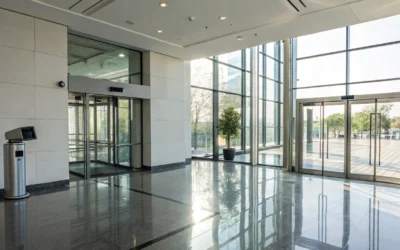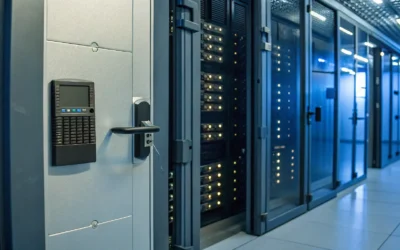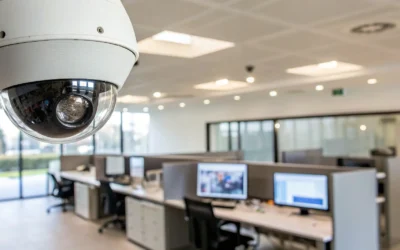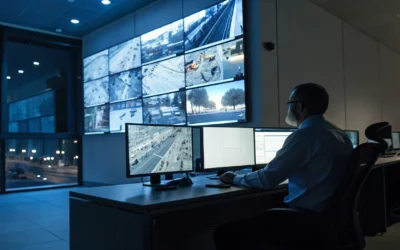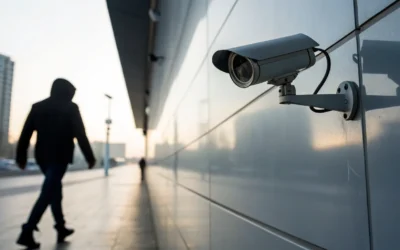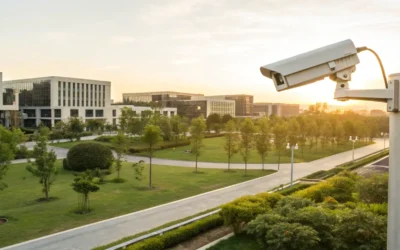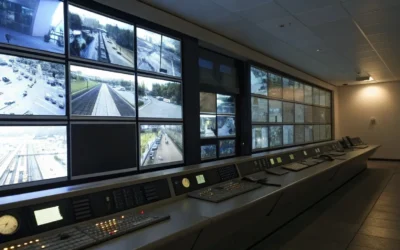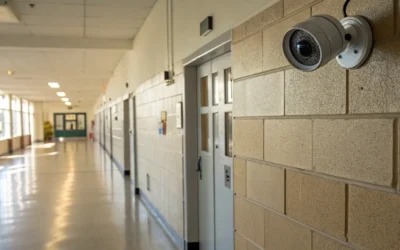The Leading Resource on Physical Security Systems, Technology and Best Practices for Professional Security Systems. This blog is intended for End-Users who are responsible for securing their Facility that protects People, Products and Information.
What’s the Real Cost of an Access Control System?
Understand the factors that influence access control system price, from hardware to installation, and learn how to budget effectively for your security needs.
Data Center Physical Security: Essential Layers
Learn about essential layers of physical security for data centers, from perimeter defenses to environmental safeguards, ensuring comprehensive protection.
How to Choose a Security Camera Installation Company
Find the right security camera installation company with our guide. Learn what to look for in experience, services, and support to ensure reliable protection.
Top Commercial Security Systems for Your Business
Find the best commercial security systems to protect your business. Explore top options and features to ensure safety and peace of mind for your company.
Physical Security Risk Assessment: Your Step-by-Step Guide
Master the essentials of a physical security risk assessment with this step-by-step guide, ensuring your business stays protected from potential threats.
The Ultimate Guide to Modern Campus Security Systems
Learn how modern campus security systems integrate technology, policies, and training to create a safe environment for students and staff.
The Ultimate Guide to Video Surveillance Systems
Learn how a video surveillance system can enhance security and operations. Explore key features, installation tips, and top providers for your business.
School Security Systems: A Comprehensive Guide for Safe Schools
Learn how to implement effective security systems for schools to ensure a safe learning environment. Explore strategies, technologies, and best practices.

